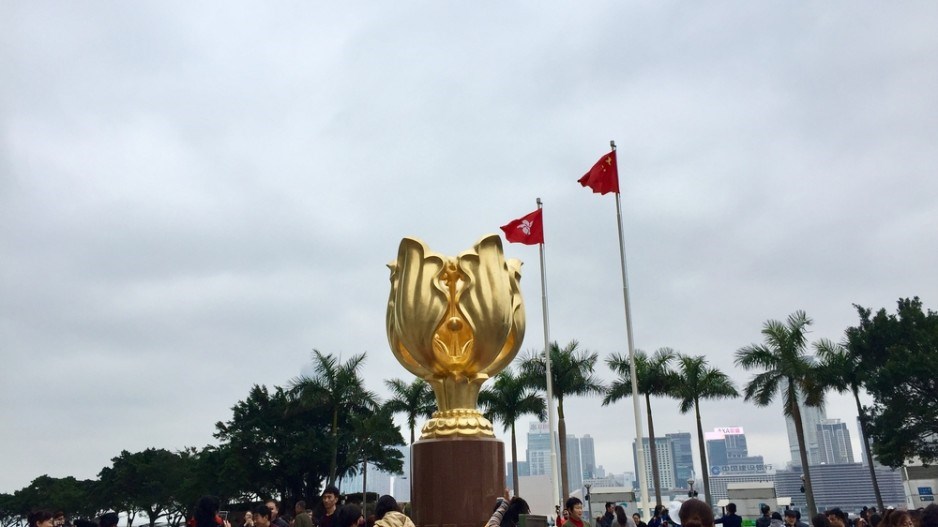In June 2007, with the 10th anniversary of Hong Kong’s handover fast approaching, the business section of the South China Morning Post indulged in a flight of fancy. “What might the city look like in another 10 years, in 2017?” one of the paper’s writers asked. The result of his wonderings was a 2,000-word short story that imagined a day in the life of a young Hongkonger in the run-up to the 20th anniversary celebrations.
This work of fiction did not attempt to forecast what Hong Kong would be like in 2017. Rather it tried to imagine what Hong Kong could look like if only the city’s government were to make a few fairly simple policy changes over the intervening years. It has to be said though, that the writer’s imaginings were tempered with a certain healthy scepticism.
As with any attempt to peer into the future, the writer got some things hilariously wrong. He did, however, also get a few things right. Where he flew wide of the mark and where he was spot on have some instructive things to tell us about how Hong Kong has evolved, and how it has failed to evolve, in the 10 years since 2007.
The story opened with a 28-year-old Connie Lo admiring the crystal-clear view from her spacious and affordable flat in a new low-rise development built on some of the 270 hectares of prime waterfront land freed up by the closure of the city’s container port.
Let’s start with that crystal-clear view. The story imagined that the Hong Kong government had moved aggressively in the years following 2007 to tackle the city’s worsening pollution problem. It had enforced stringent standards for emissions and energy efficiency, and pressed businesses and local authorities throughout the Pearl River Delta to sign up to cap-and-trade schemes intended to reduce pollution across the region.
As it turns out, Hong Kong’s air quality has broadly improved over the past 10 years, although not to the extent our story imagined. Nor can the improvement be credited so fully to vigorous action by the government. Much of the decline in pollutant levels is simply the result of slowing growth in the mainland economy, which has allowed the use of many of its dirtiest fuels to be phased out. In Hong Kong, however, the government has done nothing to tackle traffic congestion, and too many high-pollution vehicles continue to ply the roads, posing a threat to the inhabitants’ health.
And what about Connie’s affordable and spacious flat? Clearly, this was a ludicrous fantasy. Far from encouraging an increase of new building land, the Hong Kong government has continued to restrict the supply. Already expensive in 2007, apartment prices have nearly tripled in the years since. Today, the idea that a 28-year-old would be able to afford a new waterfront apartment is laughable, unless she was the daughter of a tycoon.
The 2007 story got other things badly wrong, too. It imagined a city in which a rigorously enforced competition law had forced the break-up of Hong Kong’s all-pervasive monopolies and cartels. With barriers to entry lowered, newcomers had entered the market, bringing down prices for everything from electricity to groceries, and raising standards of service.
Alas, it was another fantasy. The government’s competition policy has proved almost entirely toothless. Entrenched cartels continue to control much of the city’s economy.
As a result of these failures, Hong Kong today falls far short of the “most livable city in Asia” our story envisaged 10 years ago. In this year’s “quality of living” ranking compiled by the consultancy Mercer, Hong Kong managed only 71st in the world. Singapore was 25th, and almost every city you can think of in Japan, including industrial Nagoya, was rated more livable than Hong Kong.
Some things, however, the story did get right. Scanning her imaginary South China Morning Post in her version of June 2017, our imaginary Connie learned how a senior government official had dismissed out of hand the idea that the city should hold a free and open election for its next chief executive. “Such an uncontrolled system could result in the election of ‘undesirable, unpatriotic elements’ according to the official, and was absolutely unthinkable,” Connie read.
“Meanwhile, the debate was rumbling on about how to widen Hong Kong’s narrow tax base, and whether broadening it was even necessary given the government’s huge fiscal surplus. And something called Hong Kong’s Gini coefficient had increased, which apparently meant that the income gap between the city’s rich and its poor had widened.”
“No matter how much Hong Kong changed,” mused Connie, “some things always seemed to stay the same”.
No doubt she would be thinking the same in the real world today. ■
Tom Holland is a former SCMP staffer who has been writing about Asian affairs for more than 20 years
Read the original story on the South China Morning Post




